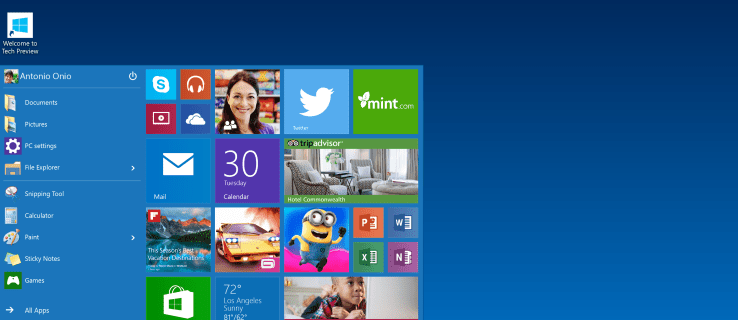Microsoft COO Kevin Turner has sparked speculation that Windows 10 and future versions Windows could be sold as a rolling subscription, rather than a one-off software licence purchase.

Speaking to Phil Winslow from Credit Suisse at a Q&A session, Turner said Windows 10 would not be a loss leader for the company, but that Microsoft would be looking to “monetise [Windows 10] differently” through “additional services”, according to GeekWire.
For more information on Windows 10: Windows 10 release date, news, features and technical preview.
Analysts have been speculating for some tim ethat Windows 10 could mark a move towards a subscription based service.
IDC research analyst Owen Rogers told PC Pro in April that Microsoft could move to a cloud-OS model, distributing Windows 10 for free and charging users for software add-ons and cloud services instead.
“Freemium software is win-win for both consumers and vendors … by penetrating the market with a free operating system, Microsoft could not only bring in more paid customers, but may also make Windows more appealing to the greater public,” Rogers said.
Could Microsoft copy Apple?
Apple’s offer of a free upgrade to Yosemite for those already using OS X has set a precedent for giving away operating systems to existing customers. The announcement that Windows 10 Technical Preview users will be able to upgrade to the final release version at no cost would appear to back up the idea of Windows 10 being a free upgrade.
This would appear to be a strikingly similar model to its Office cloud products: Office Online is free, but offers limited functionality, whereas Office 365 has more features, but users have to pay a rolling subscription. This is likely to be Microsoft’s preferred route, with a tiered pricing structure similar to its older operating systems, such as Windows 7’s Starter, Home, Professional, and Ultimate versions.
The key difference between this idea of Windows 10 and older iterations of the company’s software, however, is that under the new structure, the low-end versions would be free, with increasing functionality available to higher-tier subscribers as bolt-ons. In this regard, holdings such as Office and Xbox Live appear to have been used as test-beds for ideas before a platform-wide rollout.
Windows in the cloud
Rumours that Windows 10 could be a “cloud-based” operating system have been swirling since before the OS was even announced. CEO Satya Nadella has constantly reaffirmed the importance of their rapidly expanding cloud platform to the company’s strategy with his “cloud-first, mobile-first” manta. It’s also by far their fastest growing sector, experiencing a mammoth 128% expansion last quarter. The increasing range of low-cost Windows laptops and tablets could also be a sign the company is planning to follow in ChromeOS’ footsteps by utilising an increasingly online-based system.
Disclaimer: Some pages on this site may include an affiliate link. This does not effect our editorial in any way.











